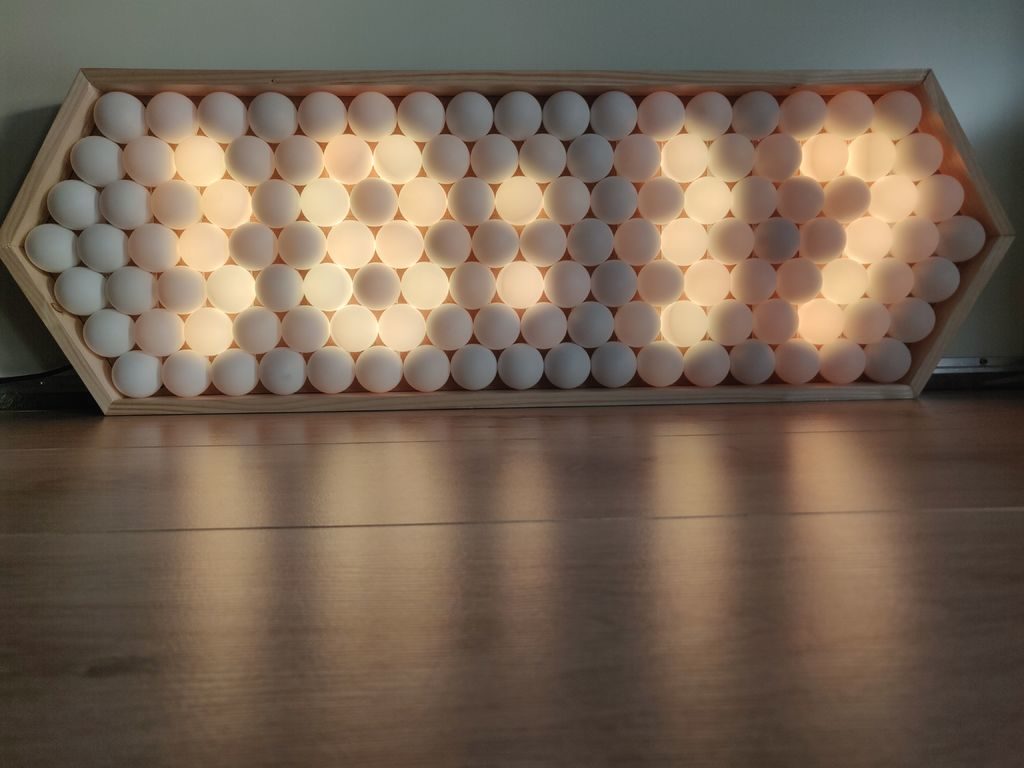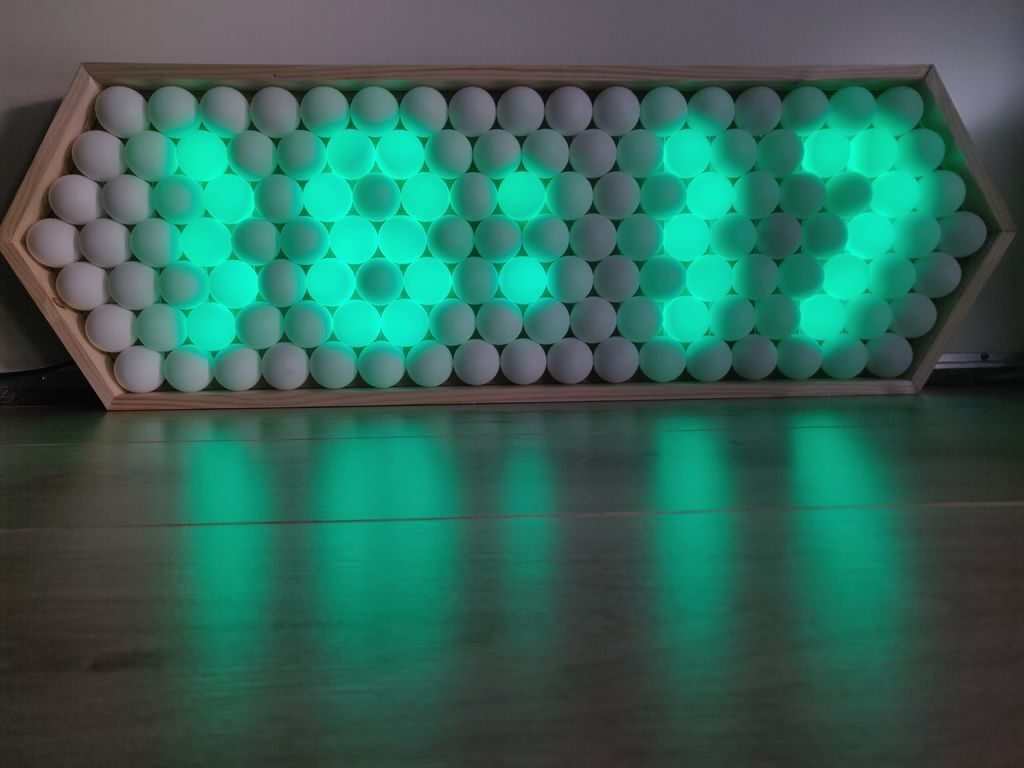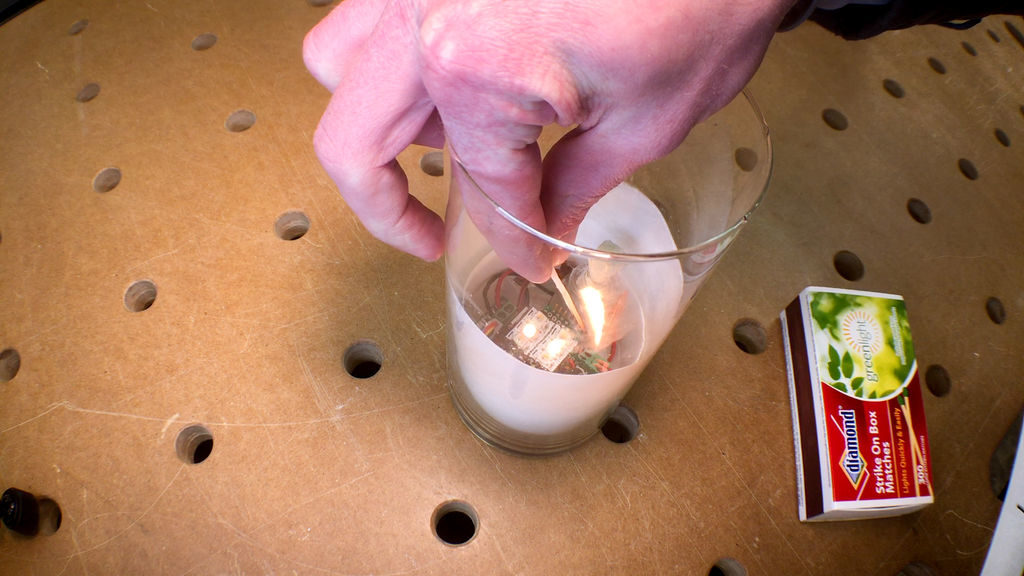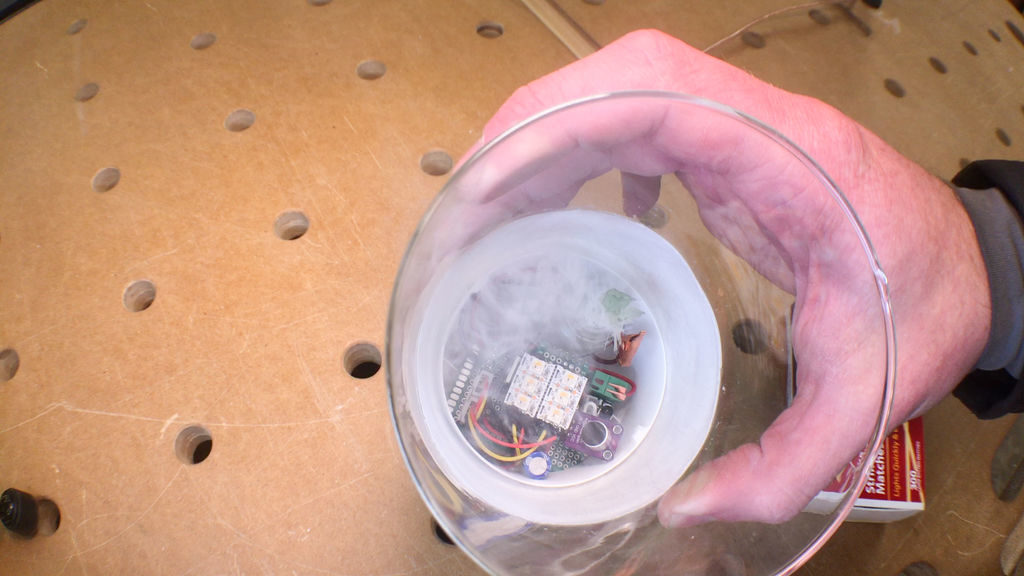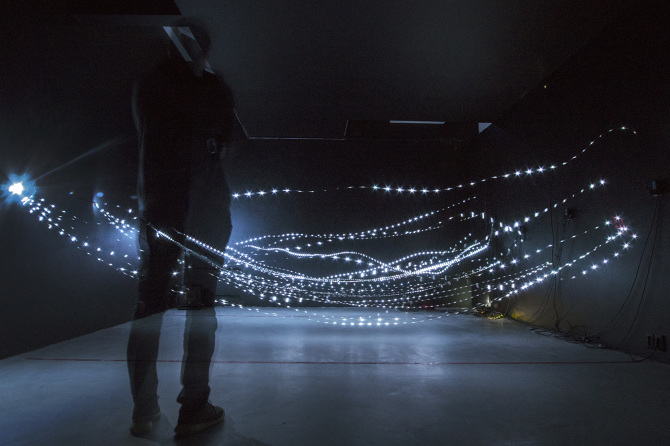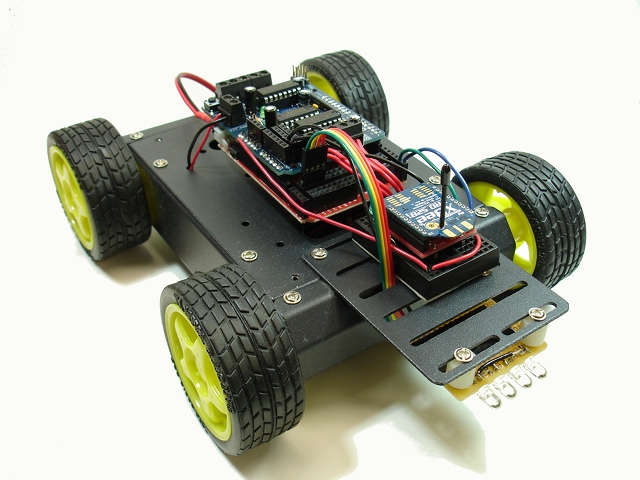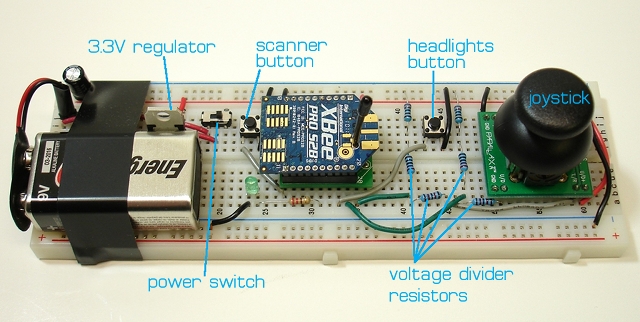Smart motorcycle helmet lighting follows your signals
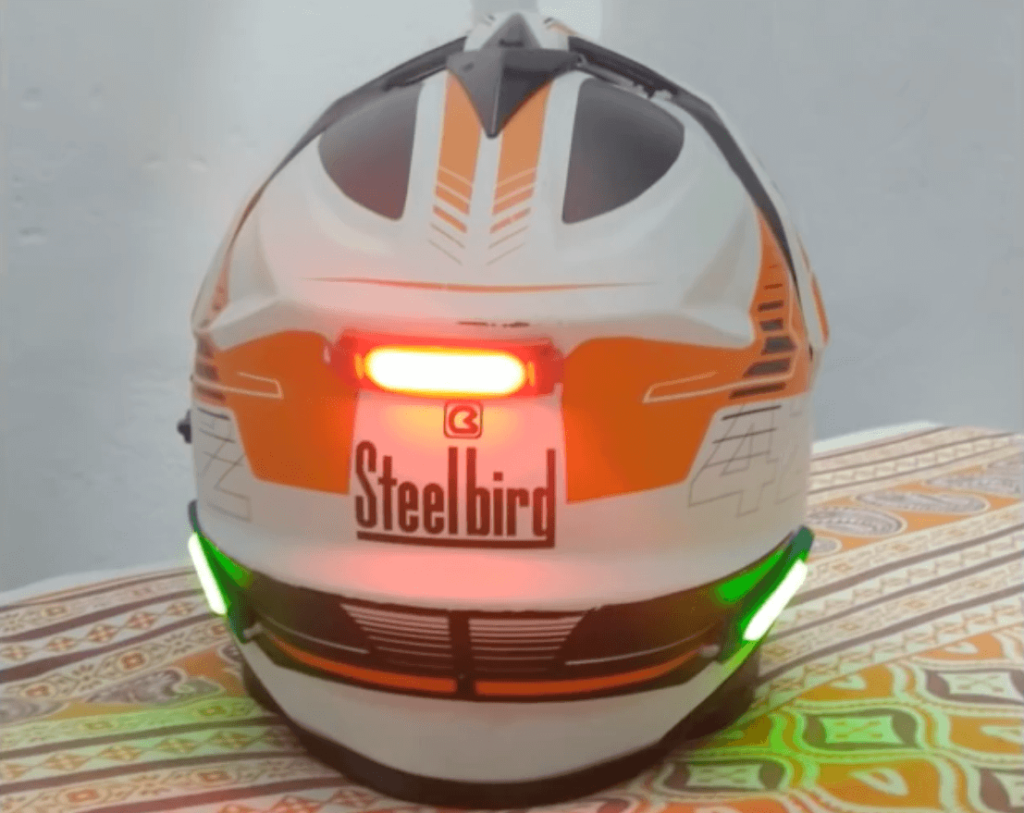
When riding a motorcycle, it’s important to be seen, and if other vehicles can see your brake lights and turn signals as well, all the better. To help with visibility, YouTuber “MechTools” outfitted his helmet with a brake light and turn indicators that activate along with the motorcycle’s built-in signals.
The video below shows off how it was built, using an Arduino Uno onboard the motorcycle, plus a Nano embedded in the helmet. A pair of nRF24L01 transceivers enable the two Arduinos to communicate wirelessly, and three TIP122 transistors controls the lighting directly for sufficient power output.

While a neat concept, be sure that you don’t compromise your helmet’s structural integrity or legality if you try something similar! Code is available in the video’s description.


